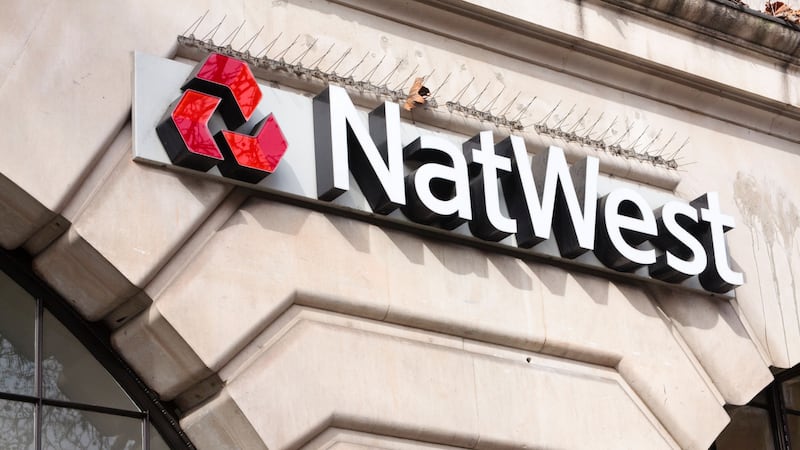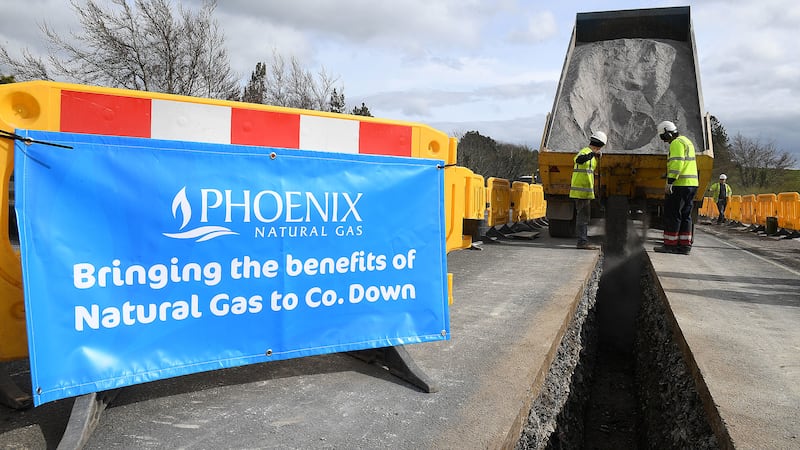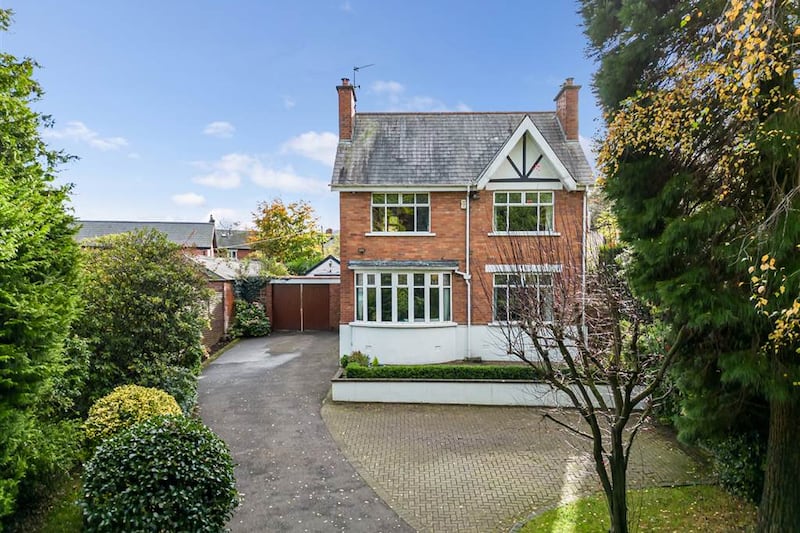AVERAGE rents in Northern Ireland are showing a near double-digit annual increase and are heading towards £800 a month, according to latest housing market analysis by listings portal PropertyPal.
Its quarterly report highlighting insights and trends shaping the north's housing market shows that the average rent is now £791 per month.
That's up 2.4 per cent over the quarter and a 9.7 per cent annual increase, which the website says it driven by a demand spike, stronger wage growth, and rising interest rates which is pushing up landlord mortgage costs.
Rents have risen most sharply in Causeway Coast & Glens (up 13.9 per cent) and Fermanagh & Omagh (13.6 per cent), but went up just 7.2 per cent in Mid-Ulster and 8.8 per cent in Ards & North Down.
The report shows that the average property price across the north (houses and apartments) is £200,600, which is a 7.6 per cent annual increase and a 1.4 per cent quarterly increase.
When new homes are taken into account, that figure is pushed up to £234,000.
Lisburn & Castlereagh area has witnessed the largest annual increase of 9.9 per cent, with the average property price in this area now £236,700.
At the other end of the spectrum, the increase was just 3.4 per cent in Derry City & Strabane, where the average property price is just £160,500.
PropertyPal, which listed 6,113 properties for sale in quarter two of this year (5,553 houses and 560 apartments), said the average time on the market for houses to reach ‘sale agreed’ is currently 43 days.
Economist Jordan Buchanan, chief operating officer at PropertyPal, said: “Market conditions have seen a gradual slowdown in the rate of price growth and transaction activity in the past three months, albeit, both remain at broadly stable levels.
“A sharp increase in borrowing costs has continued to weaken affordability for mortgage buyers. But last week saw the first sign of inflationary pressures easing as both headline and underlying core inflation fell at a faster rate than forecasters’ expectations.
“Markets still expect further rate rises, but the path of inflation is critical to this. Nonetheless, last week’s positive sign has already resulted in downward movement in swap rates, the financing mechanism used to underpin mortgage pricing. This should feed through into mortgage rates stabilising, if not falling in the near term.”
He added: “On pricing, a softening inflationary environment should naturally lead to price growth slowing. But more so, weak consumer confidence and affordability pressures should continue to push prices down.
“This remains a bigger factor in southern England markets and is reflected in several national house price publications which show Northern Ireland continuing to see stable prices and leading UK regional performance.
“But the outlook still remains highly uncertain for the market and volatility is expected with each major economic data release.
“House prices have proved more resilient than perhaps expected given the scale of interest rate rises but transaction activity has fallen and is expected to continue.
“House hunters remain engaged with strong enquiry levels being sent to estate agents for appropriately valued properties and on average are achieving ‘sale agreed’ status over a week faster than pre-Covid levels.”








